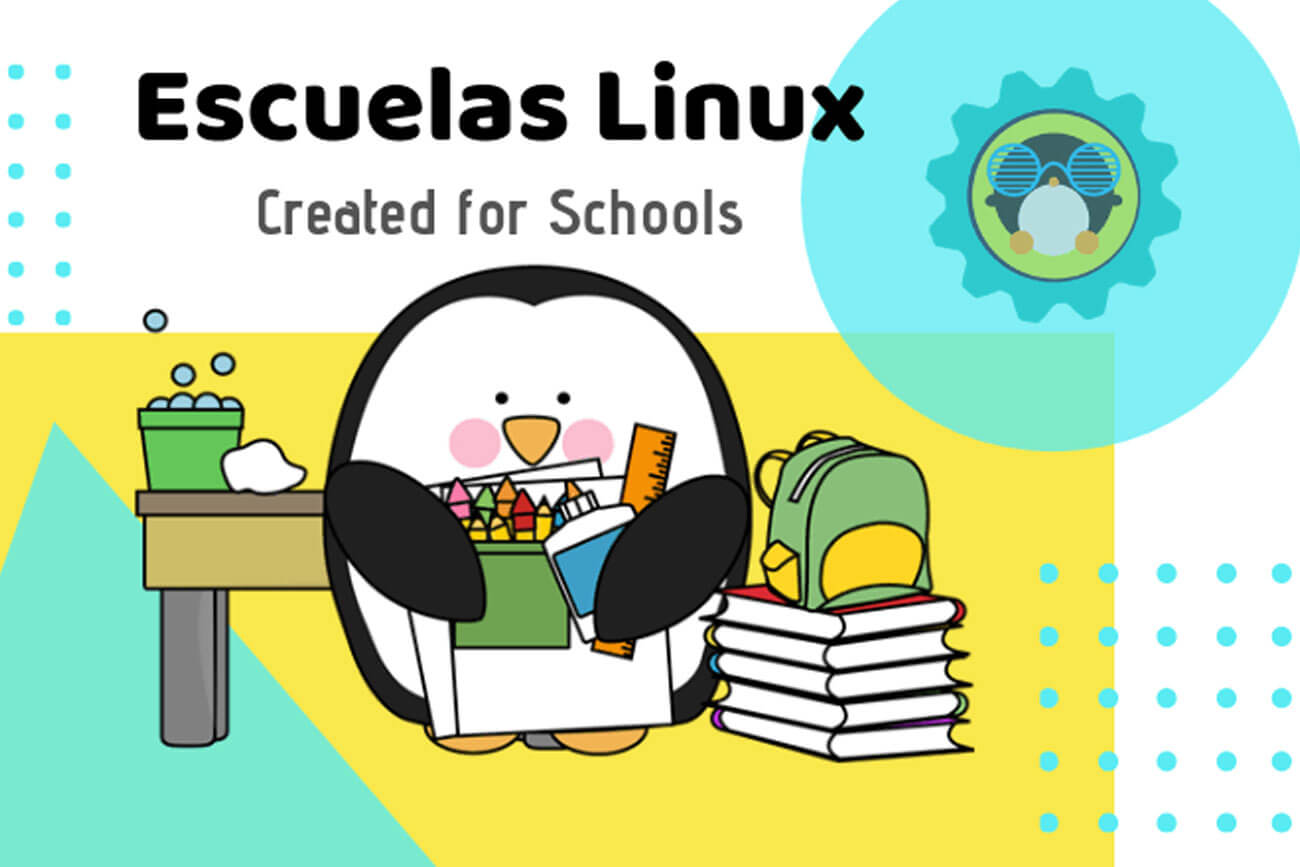Linux has been used extensively in academia for conducting training programs and educational research by universities. With scores of distance learning programs offered by institutions today, technology-enabled learning and use of Internet has helped dispersion of information and textbooks to students across geographies in ebooks format.
As a part of FOSS, couple of initiatives are developed and propagated by the Government of India (GoI) in the educational realm, these include:
To promote Linux usage by educational institutions, GoI launched EduBOSS GNU/Linux, an educational variant of BOSS Linux with a fully-functional operating system designed to facilitate educational institutions (both primary and secondary schools) with easy-to-install applications right from a single click. EduBOSS is available in an easy-to-install single DVD format with utility and add-on applications. Users can also download the latest version of EduBOSS here.
Accessible Linux for Visually Challenged (ALViC), software based assistive technologies / solutions has been developed for the differently-abled. The main aim of this software is to empower differently abled people to use ICT (Information and Communication Technology) services efficiently.
Integrated Library Management System (ILMS), an advanced and cost-effective open source automation solution for Public, Academic and Digital Video Libraries with comprehensive functionality by successfully integrating Koha & D-Space is launched.
To make school books accessible in digital format as e-books to be read on laptops and tablet devices, e-Basta portal was launched to bring together schools and various publishers (both free and commercial) on a single platform. The portal facilitates schools to search and collate content into e-Basta, while helping students to download both paid and free content published on the portal by CBSE, state boards and private universities.
Why Is Linux The Preferred Choice For Educational Institutions?
Perhaps the lure of open-source systems and enhanced security feature, along with data protection from hacks, reduced time lag on system maintenance, one-time update for all apps, and protection from malware and bugs offered by Linux OS attracts educational institutions to sign up. Also the need to adopt advanced open-source technology-enabled learning tools to boost efficacy of training and mentoring programs makes Linux OS the preferred choice by academia at large.
Undoubtedly zero-cost to run systems and softwares, freedom from intermittent licensing headaches, better stability and excellent performance in compliance with the public standards, and interoperability capabilities of Linux OS makes it the best system to be able to cope with the changing educational needs of a digitalised world.
It helps combat growing disparities in access to Information Technology by instituting and establishing Linux as the advanced computing program for academia, design a curriculum and achieve standards of scholarly excellence through integrity of scientific approach.
Moving to Linux vis-a-vis Windows OS can help assure the ubiquity of open-source software and systems usage in science. Employers are aware of the fact that training students in proprietary tools and technologies, that are upgrades on version-specific product will go obsolete soon.
Moving to a Linux-ready educational system of coaching and mentoring will address the nation’s needs for safe and secure environment for students to learn, grow and succeed in a highly-competitive world.
Using IT-enabled learning, universities and colleges can reach out to students in rural areas to promote distance learning programs and distribute customised Linux distributions.
Linux helps extend the life of old computers. Most schools in fact use old computers to train students, which comes at a fraction of cost invested to buy new computers. Linux works efficiently without hiccups in these old systems as they require lesser disk space and memory usage than Microsoft Windows. Also, it is easy to configure Linux on old systems, manage updates and yet face no performance issues.
Linux offers transparency in its internal workings to be open, which makes it available for experimentation, inspection and modification. It is an ideal OS for programmers to learn coding on Linux {NOTE TO DEVELOPER: Kindly link “To learn coding on Linux” to the article “#4 Why Linux Is The Best Platform To Learn Coding?”}and study details on how computer programs work.
Strong pressure from vested interests to use proprietary software, lack of awareness by most schools and higher institutions, and insufficient knowledge on use of Linux tools are some of the challenges impeding penetration of Linux OS into the classrooms of tomorrow.







